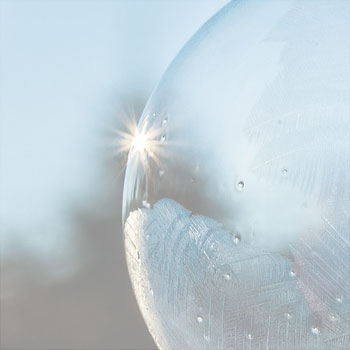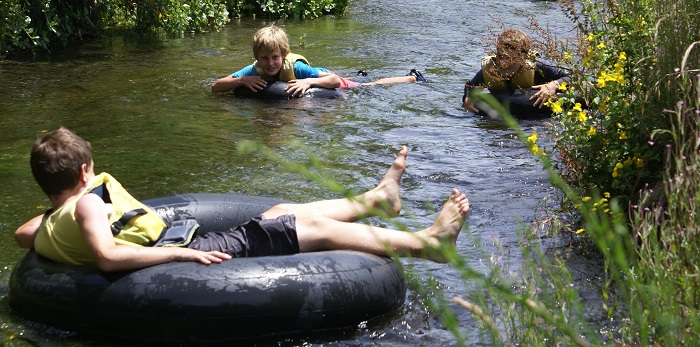Lesson sequence
Students brainstorm and the teacher records all the different floatation aids that they know can support a person in the water (so they don’t sink). Both traditional and modern day equipment can be included in the brainstorm.
Ask, What materials are these floatation aids made from?
Examples may include plastic, light weight wood such as cork or balsa, air (in inflatable devices), different fabrics, rubber, closed-cell plastic foams (PVC), kapok (a vegetable fibre grown in tropical countries with a fine wax-like coating on its fibres which assists the fibre in providing buoyant properties).
Teacher places students into groups of four (or models with whole class). Each group has a bucket of water and is provided with samples of different materials and items to test for their ability to float for one minute or more (a piece of wood or wood samples with different densities, plastic, tin foil/aluminium, small plastic bottle, seaweed, denim fabric, other fabric samples such as polyester, wool, polar fleece and waterproof PVC). Students record their predictions, carry out the testing then record their results.
Students then make suggestions as to why some materials are better in the making of floatation aids than others.
As an extension of the above idea, research scientific reasons for why different materials float.
Possible Assessment
Work Sample – Students are able to make suggestions as to the best materials that should be used in the making of floatation aids based on their test results



